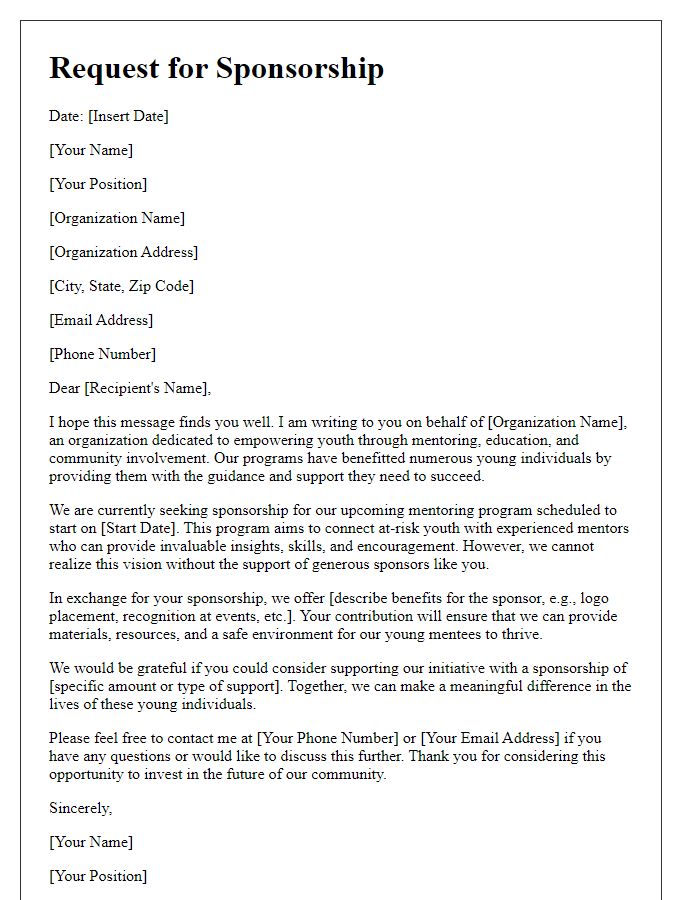Are you looking to secure funding for your project but unsure how to effectively communicate your needs? Crafting a compelling appeal letter can make all the difference in securing those crucial funds. In this article, we'll guide you through the essential components of a successful project funding appeal letter, ensuring your message resonates with potential donors. So, grab a cup of coffee and join us as we dive into expert tips and strategies to elevate your funding requests!

Clear Project Description
A clear project description outlines the objectives and significance of the initiative while providing context about the target community and the expected impact. For instance, an educational program aimed at enhancing literacy rates among underprivileged children in Atlanta, Georgia, emphasizes the urgent need for intervention, especially considering that approximately 30% of students in this area struggle with reading proficiency by the third grade. Specific measurable goals, such as increasing reading scores by 20% within two academic years, provide a tangible benchmark for success. Additionally, incorporating research-backed methodologies, like the use of interactive reading sessions and mentorship, illustrates the project's innovative approach. Highlighting partnerships with local schools and libraries further establishes credibility and demonstrates a collaborative effort to address these pressing educational challenges.
Compelling Storytelling
A compelling project funding appeal letter can effectively convey the urgency and importance of a project, compelling potential donors to contribute. The narrative should include the project's objectives, such as providing clean water access to underserved communities, which can impact health and education positively. Details should highlight statistics, like that 2.2 billion people worldwide currently lack access to safe drinking water, underscoring the significance of the endeavor. Emphasize personal stories from beneficiaries, inspired by real experiences in places like rural sub-Saharan Africa or urban areas in the United States, showcasing transformative changes made possible through prior funding. Share the financial goal, such as raising $50,000 by a specific date, to create a sense of urgency and clear target. Encourage potential supporters to envision their role in this impactful journey, ensuring their contribution becomes a part of a larger community effort toward positive change.
Detailed Budget Breakdown
Creating a detailed budget breakdown for project funding illustrates responsible financial planning. Essential components include personnel costs, covering salaries for project managers, researchers, and administrative staff. Equipment expenses may encompass computers, software licenses, or specialized tools necessary for execution. Supplies, such as materials needed for experiments or outreach programs, should also be itemized. Travel costs, if applicable, might include transportation to project sites or conferences for data presentation, while indirect costs account for overhead expenses associated with project management. Allocating funds for evaluations ensures ongoing assessment of project effectiveness, leading to future funding opportunities. Comprehensive documentation improves clarity of financial needs, fostering trust with potential funders.
Specific Call to Action
The specific call to action in a project funding appeal letter encourages potential donors to take immediate and tangible steps in support of a meaningful initiative. By outlining the project's goals--such as providing educational resources for underserved communities--financial supporters can understand the direct impact of their contributions. Highlighting essential costs, like $5,000 for purchasing textbooks and learning materials, emphasizes the necessity of funding. Including a compelling narrative about the beneficiaries, for instance, at-risk students in a particular district, evokes emotional engagement. Providing multiple donation options, such as online giving or corporate sponsorships, and setting a deadline strengthens urgency, ensuring that potential supporters are motivated to act promptly toward making a positive difference.
Donor Recognition and Benefits
Donor recognition plays a vital role in fostering relationships between nonprofit organizations and their supporters, particularly in the context of project funding. Acknowledgment channels, like public speeches at events or publication in annual reports, highlight the generosity of financial contributors. Benefits can include exclusive invitations to project launch events, where donors can see firsthand the impact of their contributions, and priority access to future funding initiatives. Additional perks may involve personalized updates on project advancements, showcasing transparency and accountability, which reinforces trust. Moreover, certain funding tiers might grant additional recognition opportunities, such as naming rights to specific segments of the project or collaborative community initiatives. Engaging donors through tailored recognition strategies strengthens partnerships and enhances the overall project impact.
Letter Template For Project Funding Appeal Letters Samples
Letter template of grant appeal for environmental sustainability programs

Letter template of funding application for healthcare services expansion












Comments